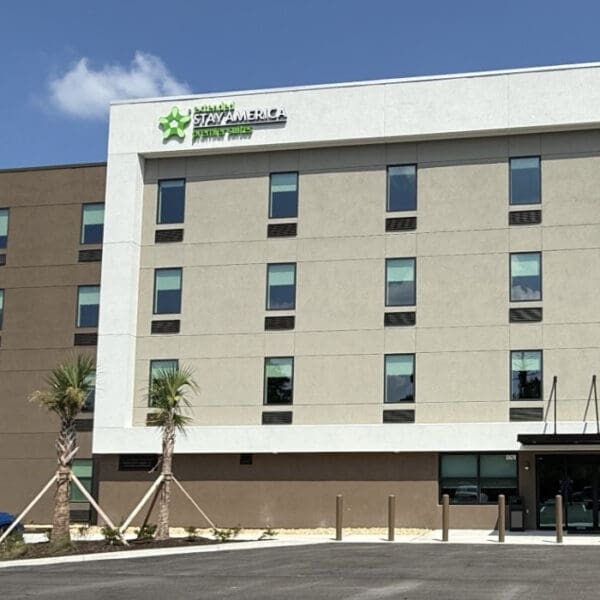As the world opens back up to welcome leisure and business travelers alike, the J-1 Visa Program is also reopening – a program that embodies and embraces cultures from every corner of the globe. The J-1 Visa Program is an Exchange Visitor Program which offers cultural and educational exchange opportunities in the United States. The various categories of J-1 visas are overseen by the U.S. State Department, and there are distinct guidelines for each.
For the hospitality industry, the J-1 Program is a valuable way to provide training, education and cultural experience for international hospitality students seeking to enhance their knowledge and skills. In exchange, hotels can supplement their workforce with eager and educated staff.
J-1 categories for hotels
The most common J-1 categories used by hotel operators are “Intern,” “Trainee,” and “Work & Travel.”
Participation requires:
- A J-1 Visa sponsor who is approved by the State Department based on training plans and individual student eligibility
- A host employer willing to provide the exchange visitor (or J-1 student) a training and cultural experience
- Participating universities or colleges who partner with the visa sponsor and host employer.
Depending on the category of J-1 visa, the student can train in the United States for up to 12 months, taking home a wealth of knowledge and experience to launch a hospitality career. At the same time, the host employer benefits from having a diverse array of employees who bring unique cultural experiences and a fervent desire to learn.
Costs associated with J-1 program
If you are considering developing a J-1 Program at your hotel, you may be concerned about costs. The student applying for the J-1 visa is responsible for the program fees, which can range from $1,500 – $3,000, based on the price set by the visa sponsor company.
In some cases, the employer can elect to pay for the program fees in advance on behalf of the student and set up payroll deduction of the program fees over the period of time that the student is training. This approach is very attractive, as each student is responsible for program fees, insurance, and flight costs. In this case, an agreed-upon deduction and repayment plan is made in advance writing.
There might be additional costs to the employer for recruiting trips abroad, but the visa sponsor company will often cover the costs of the trip for the employer.
J-1 versus H-2B program
While similar in that they both involve globalizing a hotel’s workforce, the J-1 Visa Program and the H-2B Work Visa Program have distinct differences. In the J-1 Visa Program, the student is an exchange visitor learning about the culture of the United States, and a detailed training plan and rotation schedule must be followed in order to gain exposure to multiple aspects of the hospitality business.
On the other hand, the H-2B Work Visa is seasonal and used to supplement staffing needs; it does not involve a training plan or rotation of positions. Both programs can work in tandem to broaden the culture and diversity of your workplace.
Now more than ever, the hospitality industry needs to reconnect globally, and the J-1 Visa Program is a well-established avenue for human resources hoteliers to do just that.
About the author
 Cindy Johnson is a consultant with Strategic Solution Partners and President of Global Hospitality Connections bringing over 35 years of luxury Human Resources hospitality experience at the property level. Cindy’s expertise is in creating domestic and international talent strategies, benefits and rewards systems, service standards and processes, training, as well as developing mentorship and coaching programs for executive and leadership teams.
Cindy Johnson is a consultant with Strategic Solution Partners and President of Global Hospitality Connections bringing over 35 years of luxury Human Resources hospitality experience at the property level. Cindy’s expertise is in creating domestic and international talent strategies, benefits and rewards systems, service standards and processes, training, as well as developing mentorship and coaching programs for executive and leadership teams.


















